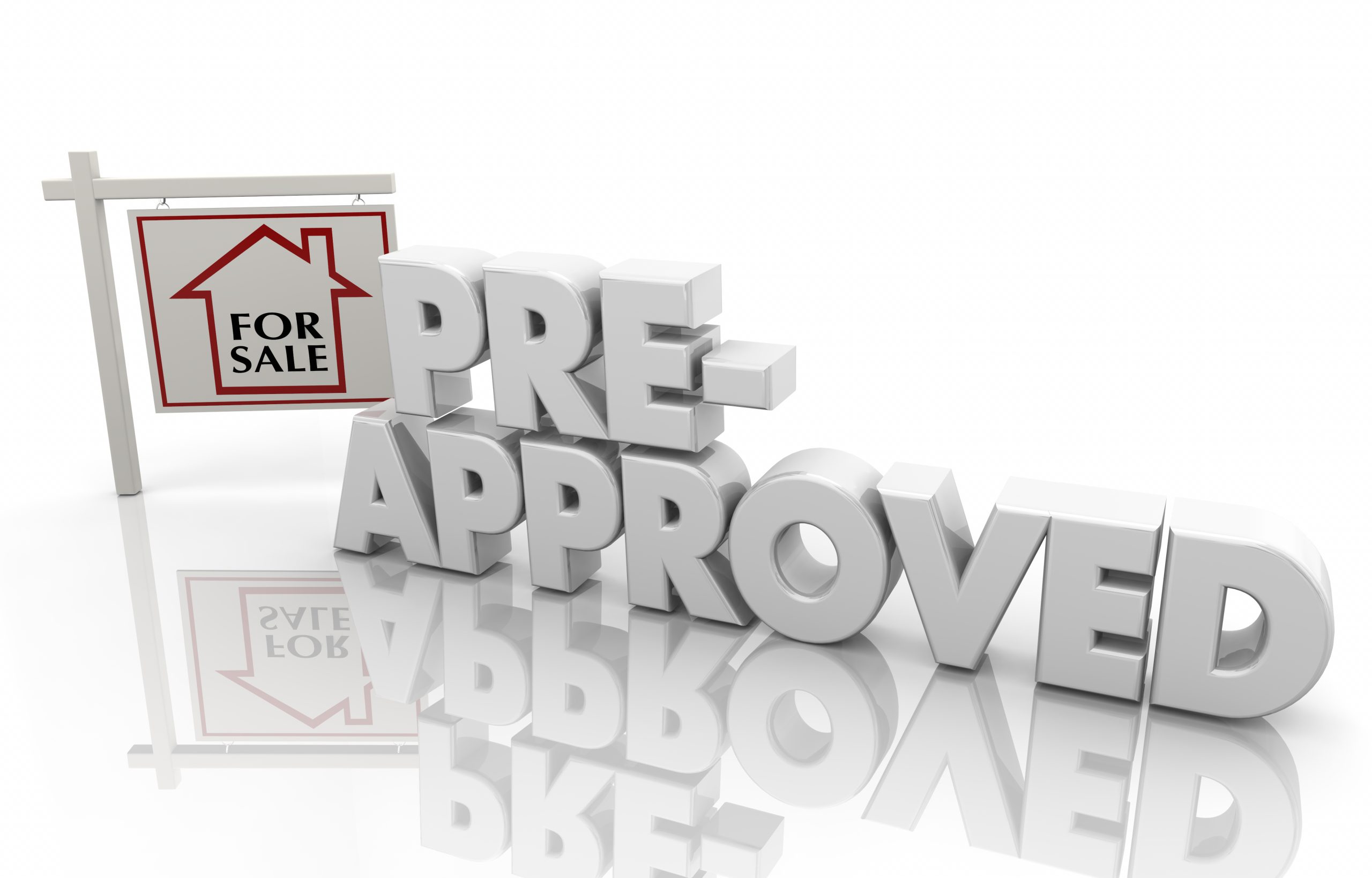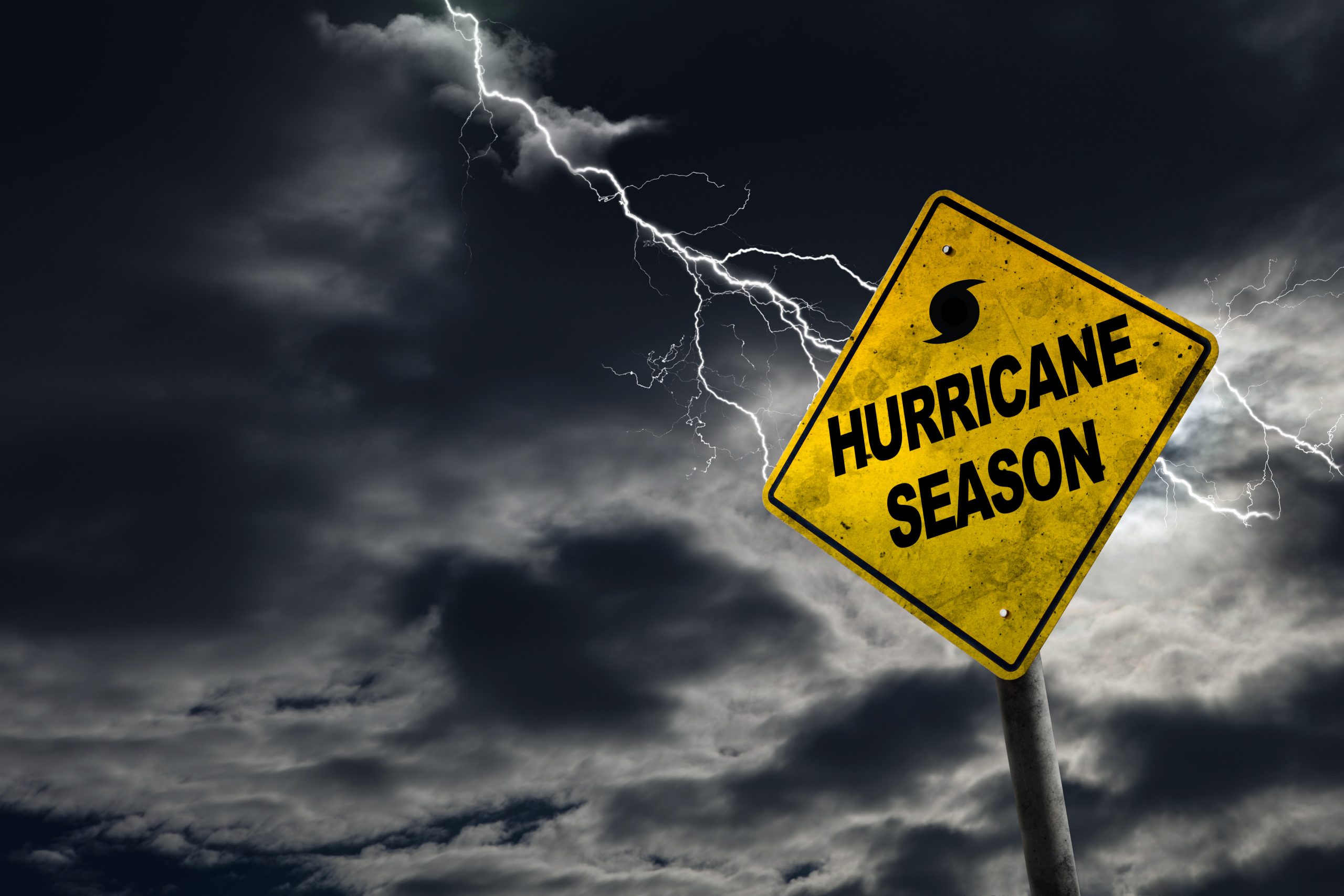Buying a home is one of the biggest financial decisions you’ll ever make—and while it’s…
How Climate Risk Is Affecting Mortgage Approvals
In recent years, climate change has become more than just a global concern—it’s now a local factor in real estate and mortgage lending. From wildfires and floods to hurricanes and rising sea levels, climate-related risks are beginning to affect whether and how people can secure mortgage financing.
At Rapid Home Loan, we’re committed to helping you stay informed and prepared. Here’s what you need to know about how climate risk is impacting mortgage approvals—and what it means for your homebuying journey.
🏚️ What Is Climate Risk in Real Estate?
Climate risk refers to the physical and financial threats posed by environmental hazards, such as:
-
Flooding
-
Wildfires
-
Hurricanes
-
Rising sea levels
-
Extreme heat or drought
These risks can affect a home’s value, insurability, and even eligibility for mortgage financing.
🏦 How Lenders Are Responding
Mortgage lenders, including both traditional banks and government-backed entities like Fannie Mae and Freddie Mac, are increasingly factoring climate risk into their lending decisions. Here’s how:
1. Stricter Property Assessments
Lenders are using advanced mapping tools and risk models to evaluate a property’s exposure to climate-related events—particularly flood and wildfire zones.
2. Insurance Requirements
If a property is in a high-risk zone, lenders may require additional insurance (like flood or wildfire coverage) to protect their investment. This can increase your monthly costs and affect affordability.
3. Loan Denials or Conditions
In extreme cases, lenders may decline to finance a home in high-risk areas, or attach special conditions to the mortgage approval—such as requiring specific repairs or upgrades to mitigate risk.
💡 What This Means for Homebuyers
If you’re shopping for a home, especially in areas near coastlines, forests, or floodplains, climate risk can affect:
-
Mortgage approval timelines
-
Down payment requirements
-
Homeowners insurance costs
-
Overall affordability
Before falling in love with a property, it’s smart to research its climate risk profile and insurance requirements—or talk to an expert.
🏠 How Rapid Home Loan Helps You Navigate Risk
At Rapid Home Loan, we stay ahead of lending trends so you don’t have to. Here’s how we help you manage climate risk as a homebuyer:
✔️ Pre-Approval with Local Insight
We help you identify potential climate-related issues early, especially in local high-risk zones.
✔️ Access to Multiple Lenders
If one lender declines based on risk, we can often find alternatives who understand the local market better.
✔️ Transparent Costs
We explain any added insurance or inspection requirements up front—no surprises at closing.
✔️ Fast, Personalized Service
Whether it’s a rural wildfire zone or a coastal floodplain, we move quickly to help you secure the right loan.
🔍 Final Thoughts: Climate Risk Isn’t a Dealbreaker—But It Is a Factor
Climate risk is real, but it doesn’t have to derail your homeownership goals. The key is preparation and professional guidance.
If you’re looking to buy in a region affected by climate challenges, don’t navigate it alone. Work with a lender who understands how to assess and manage those risks.





